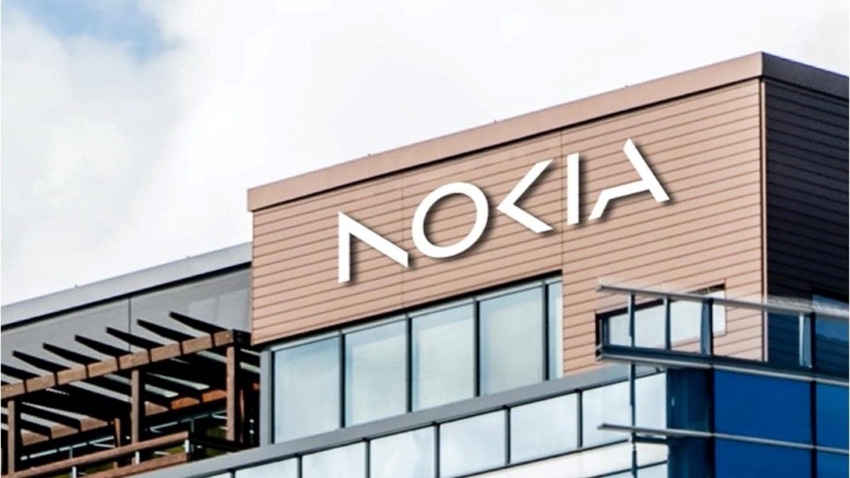Nokia launches VPP software to monetize basestation batteries
Nokia has launched machine-learning-based software that allows operators to use power in their backup batteries to cut energy bills or help balance the grid.

Nokia has today announced the release of an end-to-end software solution called Virtual Power Plant Controller Software, which leverages backup batteries at basestation sites to create a virtual power plant, or VPP. This means telcos could use these batteries not just for backup, but also to optimize their energy bills and reduce CO2 emissions.
A VPP essentially pools different assets that can consume, generate or store electricity flexibly based on conditions on the power grid, and then sells their flexibility to the transmission system operator (TSO), which typically uses this capacity to balance fluctuations in supply and demand in real time.
Nokia's solution can also be used to charge the batteries when power is cheap and avoid relying on the grid when prices go up. It argues many operators already have backup batteries but will only use them in case of a power outage, which are rare in most of Europe (excluding the war-stricken Ukraine).
Nokia's software uses a basestation's power consumption profile to estimate how much electricity is needed for power backup. It then uses this information together with machine learning to generate options for monetizing spare capacity. It also integrates with the power reserve market – a mechanism that pools reserve capacity in the event the TSO needs it at a short notice – and the fast frequency reserve (FFR) market, where electricity must be taken from the grid at a sub-second notice. The vendor says FFR participation is made possible by the use of its near real-time processing servers and power system, which provide the required latency levels.
Reducing CO2
To take advantage, an operator would presumably need to have a battery capable of withstanding more frequent charge-discharge cycles, which would imply lithium-ion, rather than the older lead-acid technology. Moreover, some countries' regulators require operators to have certain backup capacity available in case of a power outage, which would limit the amount available for other uses.
That doesn't mean there is no money to be made. Finnish operator Elisa, which is offering its own VPP software to fellow telcos, has upgraded its battery fleet with lithium-ion technology to double storage capacity and says this is a rentable investment. Its own software allows operators to generate a return on the investment within two to five years, as Ville Väre, Elisa's business development director for smart energy solutions, told Light Reading last year.
There is also another significant benefit in using backup batteries more actively. The solution incentivizes operators to charge the batteries when prices are low, which is typically when there are large volumes of renewable electricity coming onto the grid. Similarly, grid electricity tends to be more carbon-intensive when prices are higher, which means avoiding consumption can reduce an operator's carbon footprint.
This benefit may, however, be more difficult to measure given telcos frequently use the market-based approach to calculating their emissions, which takes into account agreements like renewable energy credits that do not reflect real-time emission intensity of grid power consumed.
Further boosting the solution's green credentials, Nokia says it is compatible with on-site solar panels.
Other pre-MWC moves
Nokia has made several announcements focusing on sustainability in the run-up to MWC, including a baseband hotel site solution that uses liquid cooling and cuts energy consumption by up to 90%, according to the vendor. It can also allow 80% CO2 emissions reduction if the heat is reused, e.g. for building heating.
Nokia has also enhanced massive MIMO radios to enable them to enter an energy-saving deep sleep mode when they are not in use.
About the Author(s)
You May Also Like












